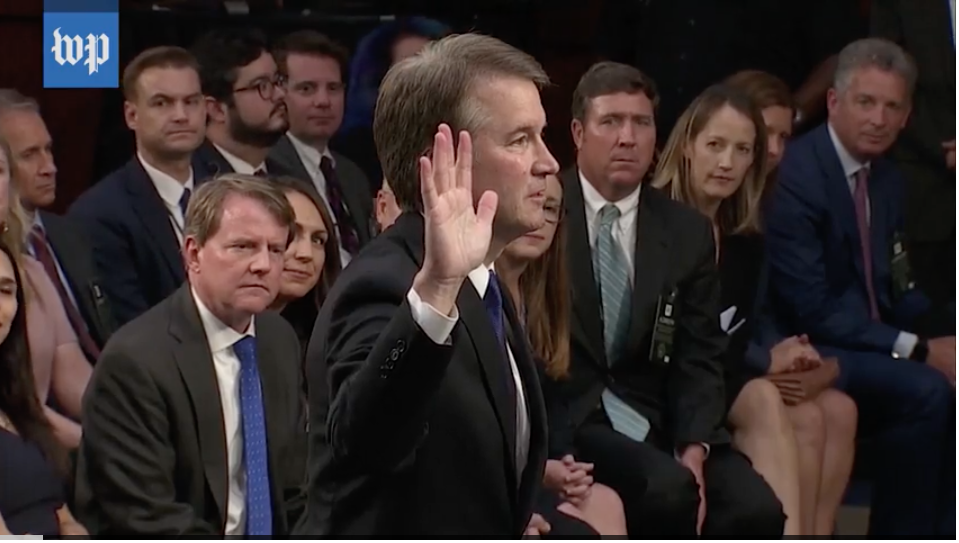Will this presidential election be the most important in American history?
The coal industry might get a reprieve from death row if the U.S. Supreme Court rules that EPA bureaucrats went too far when the agency issued greenhouse gas regulations for stationary sources such as power plants.
The court agreed to hear the case to determine if the EPA inappropriately applied the Clean Air Act to include permitting regulations for stationary sources of carbon dioxide emissions when the agency issued regulations for motor vehicles. Stationary sources of emissions include power plants, refineries and factories.
Unfortunately, the court rejected to hear two additional parts of the EPA’s effort to regulate greenhouse gases. The court refused an appeal on EPA’s endangerment finding that concluded greenhouse gases threaten humans, triggering the agency’s authority to act under the Clean Air Act. The court also rejected to hear a challenge to the EPA’s regulation for motor vehicle emissions.
The consequences of the court’s decision for the coal industry are uncertain. Some experts think the narrow question about EPA’s permitting process that the court plans to review will not have any impact on the agency’s recently proposed rule on power plants since these regulations are from a different part of the Clean Air Act.
From The Washington Post:
Indeed, many environmental groups seemed relieved by the court’s decision. “It means the way is clear to issue carbon pollution standards for power plants under the president’s Climate Action Plan,” said David Doniger, policy director of the Natural Resources Defense Council, in a statement. “What the Supreme Court will review is one specific, narrow question.”
Other experts feel otherwise:
Brian Potts, a lawyer specializing in environmental regulation at Foley & Lardner, says that the Supreme Court could in theory “gut EPA’s ability to regulate stationary sources like power plants.” But, he adds, he thinks the EPA is on fairly solid legal footing with its permitting program.
What we do know is EPA’s recently proposed rule for carbon dioxide emissions for new coal power plants essentially bans construction of future coal plants since the technology needed to meet the new emission limits has not been successfully commercialized. The EPA is also planning to issue regulations for existing power plants in 2014.
A recent story in the Wall Street Journal on cost overruns at Southern Company’s new coal power plant that uses carbon capture and storage technology, highlights the real world challenges of using a process to prevent carbon dioxide from escaping into the atmosphere.
One of just three clean-coal plants moving ahead in the U.S., Kemper has been such a calamity for Southern that the power industry and Wall Street analysts say other utilities aren’t likely to take on similar projects, even though the federal government plans to offer financial incentives.
Southern recently took $990 million in charges for cost overruns approaching $2 billion. The company’s stock has been battered in the past year, and the company’s market value has dropped $6.4 billion since April, to $35.8 billion. Mississippi Power’s credit rating has dropped to three notches above junk.
Kemper “is scaring people away,” says Michael Haggarty, an analyst for Moody’s Investors Service in New York.
Certainly, it would be beneficial for the coal industry if the court ruling blocks the EPA’s ability to regulate the coal industry to death.
However, if that was the court’s goal, it would have agreed to hear the EPA’s endangerment finding that is the cornerstone of the agency’s greenhouse gas regulatory assault.
Given the court’s horrendous decision on Obama’s Affordable Care Act, it’s unlikely the industry will get a stay of execution.







